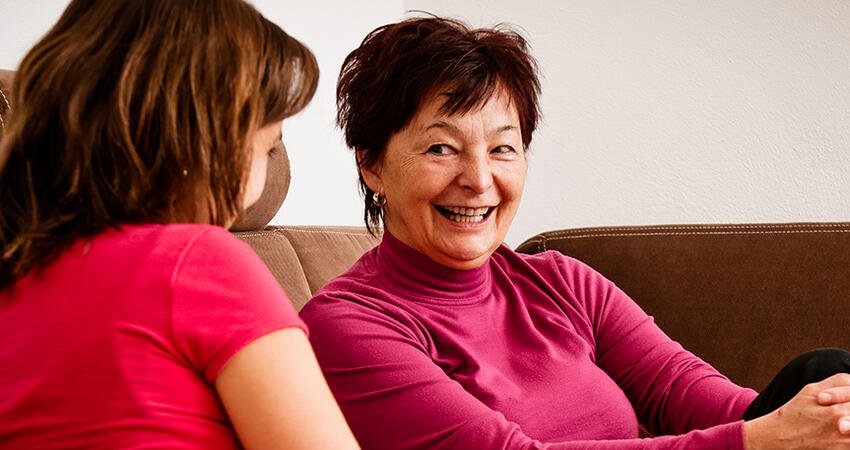
A Place to Thrive through All of Life’s Stages
by Maya Brennan
While the aging baby boom generation has underscored the importance of serving older workers’ and retirees’ diverse needs, the benefits are not just felt by those over age 65. Often, the same aspects of a place that improve quality of life as we age also make it livable earlier in life. Furthermore, no matter our age, homes and neighborhoods are places that come to life when they bring together visitors and extended social networks. A vibrant neighborhood and well-designed homes often go along with age-friendly housing and communities. Whether remodeling a home or revamping public policy, long-lasting benefits come from considering people’s needs across the lifespan.
We must plan homes and communities for aging—either our own or those of our families, friends, or neighbors. According to the Joint Center for Housing Studies of Harvard University, by 2035, the United States will add around 20 million older households, reaching nearly 50 million, or one in three US households. By the same time, the number of older households that include a person with disabilities is projected to exceed 31 million.
To change perceptions about what home retrofits can look like, AARP, AARP Foundation, Home Matters, and Wells Fargo created a design challenge that culminated in retrofitting a house in Memphis, Tennessee, for donation to a veteran. The home, a vacant foreclosure, underwent comprehensive renovations that went beyond simple accessibility, such as a step-free front entry, wide doorways and halls, lower kitchen counters, and step-free shower access. Large windows and open sightlines within the home connect residents with each other and with the outside world, even if illness limits their activity. Sliding walls further create adaptability to meet changing needs, such as hosting a large family gathering, expanding the family, or enabling greater social engagement for a frail resident. Its exterior, while upgraded and made more accessible, still fits the neighborhood’s character.
Transforming the property in Memphis was just one outcome from the challenge. The competition also sparked additional ideas for budget-constrained universal design retrofits by individual architects, design firms, and students. A toolkit, scheduled for release next month, will highlight many of the features submitted as part of the competition. The tools will allow homeowners, architects, and others to identify ways to make a home grow with a family.
Communities can also be redesigned to improve livability across the lifespan. The AARP Livability Index combines indicators from seven categories to give every US zip code a livability score. Places can improve their livability score with policy changes that support greater livability in the future. The factors considered in the index don’t just matter for older adults, but also for entry-level workers and midcareer professionals, parents and teenagers, single people and families, people who have experienced homelessness and those who have not. Are neighborhood amenities and transportation options convenient? Do decent housing options exist for various budgets and needs? Do local resources and environmental quality promote good health? Does the fabric of the community support economic advancement and civic engagement? While each factor’s relative importance varies with individual preferences, the concepts are ingredients of places that allow people to achieve a healthy, happy, and fulfilling life.


